Origins Of Modern Easter Traditions
The lengths we'll go to just for an excuse to gorge on candy. Sure everyone knows that the Easter Bunny and the eggs are really the remnants of pagan holidays, but how did they morph into today's modern equivalent?
-
1. Easter Basket

Modern use of the Easter basket can be traced back to the Middle Ages. Celebrating the end of Lent, Catholics around Europe would hold Mass and feast on large meals, usually brought to the church in baskets to be blessed by the Priest. Eventually this morphed into the modern smorgasbord of candy and treats.
-
2. Easter Grass
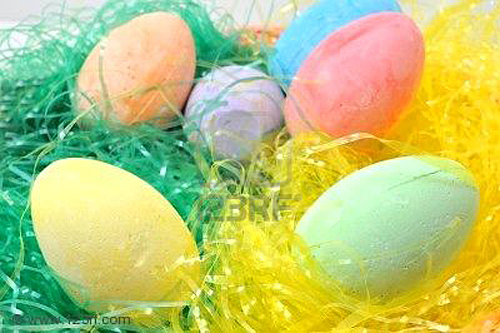
Easter grass, a nemesis second only to ribbon icicles at Christmas, came about from the Dutch. Based in the tradition of the Easter Hare, Dutch children would create a bird's nest for him to deposit eggs in. When the Pennsylvania Dutch came to America, they brought this tradition with them and merged it with Easter baskets, most likely for convenience sake.
-
3. Solid Chocolate Bunny
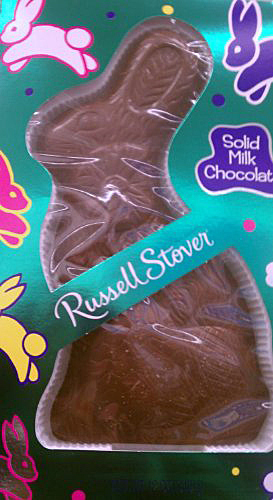
The Germans are to thank here. They were already filling their baskets with rabbit shaped pastries and treats. Then with the invention of the chocolate mold in 1830, the Easter Hare was up and off. But the tradition didn't solidify until 1890 when American Robert L. Strohecker featured a five foot tall chocolate bunny in his pharmacy to celebrate Easter. Demand exploded. By 1916, the Bortz Chocolate Company started making chocolate bunnies on a grand scale in the United States.
-
4. Hollow Chocolate Bunny
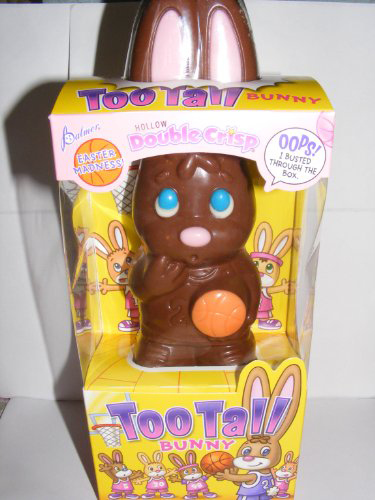
Ah the great "Solid Vs. Hollow" debate. This hot button issue may never have divided families if it weren't for WWII. Thanks Hitler. Due to the rationing of everything, including cocoa, novelty candy manufacturing ground to a halt under government order. When production began again in 1948, American veteran Richard Palmer founded R.M. Palmer Confectionery and began using hollow molds to maximize bunny production while cutting costs. The rest is history.
-
5. Dyed Easter Eggs
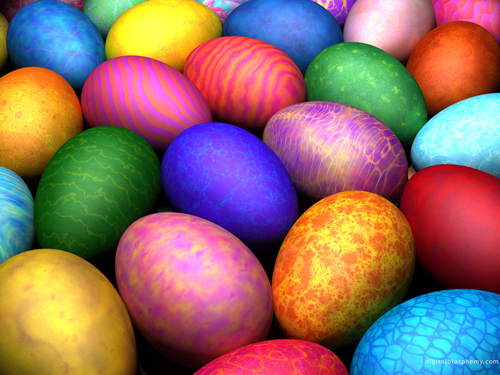
Originally eggs were used during Christian Easter as part of the aforementioned feast, since Lent forbade the eating of meat and eggs. Coloring or decorating the eggs soon followed. However, it wasn't until the 1880 that the well known PAAS primary colored dyes came into existence. Again with the Pennsylvania Dutch, the company was named for "Passen", the Dutch word for Easter.
-
6. Plastic Easter Eggs
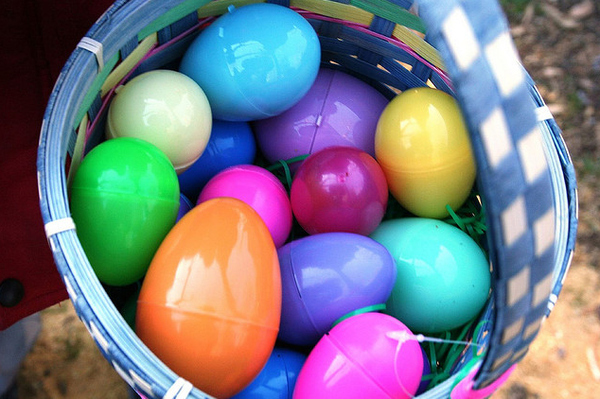
Shockingly I could find no evidence as to the history of plastic Easter eggs online. Either there is some dark egg conspiracy or my Google-Fu has failed me. The closest I can pinpoint this staple of modern Easter is the invention of Silly Putty. First coming onto the market in 1949, Silly Putty was packaged inside plastic eggs to help promote it during Easter. So the eggs were in existence by 1949 but if anyone knows more, please fill us in in the comments. (image source: cyanocorax)
-
7. Easter Bonnet
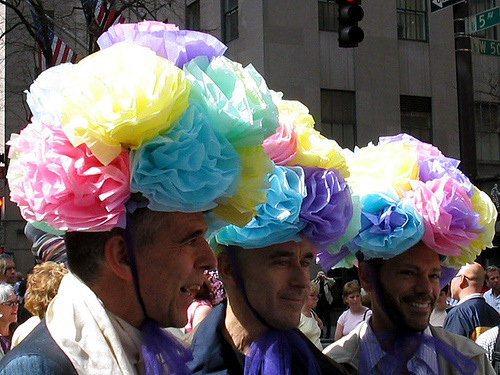
Starting simply as an excuse to buy all new clothes at the end of Lent in the 16th century, the Easter bonnet is the last vestiges of this tradition. Immortalized by the Easter Parade in NYC and the lyrics of Irving Berlin.
